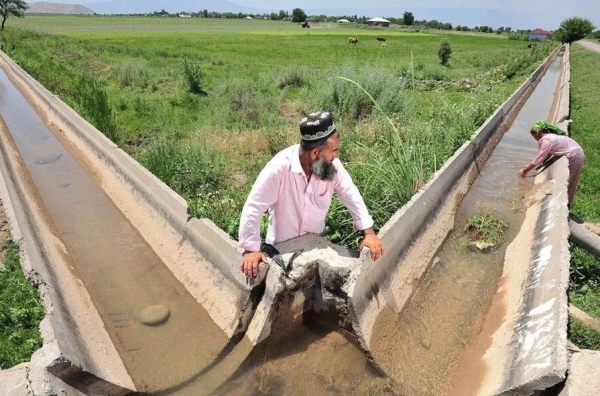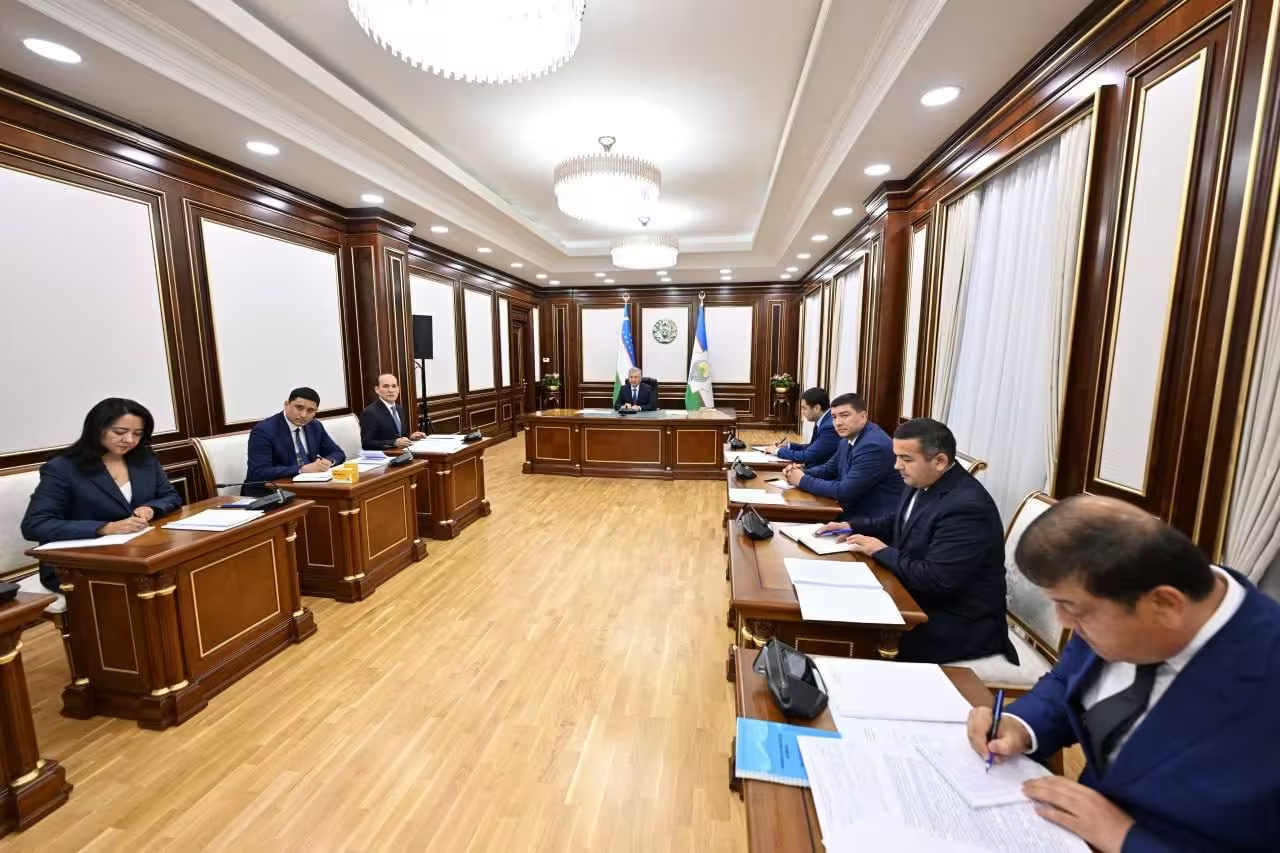
Tajikistan has the potential to become the production and service base for a regional irrigation cluster in Central Asia, according to a joint report released by the European Bank for Reconstruction and Development (EBRD) and the United Nations Industrial Development Organization (UNIDO). However, to realize this vision, the country must overhaul nearly 77% of its irrigation systems, most of which date back to the Soviet era and are now in poor condition.
The report highlights Tajikistan's strategic advantages in becoming a key player in the emerging regional market for manufacturing and servicing irrigation equipment. Low labor costs, inexpensive electricity, and growing demand for agricultural modernization position the country as a competitive hub.
Southern regions, particularly Khatlon and Sughd provinces—where agriculture is most advanced—are seen as especially promising. These areas could host production facilities for plastic piping and components for drip and sprinkler systems. Investment in such manufacturing lines is estimated at US$3–US$5 million, while service centers for pump and component repair could be established with US$1–US$2 million.
If demand is stable and raw materials are reliably supplied, investors could see a return within 2–3 years. Thanks to its favorable geography, Tajikistan also has the potential to become a logistics hub serving both domestic and neighboring markets, including northern Afghanistan.
Workforce development and logistics key to cluster success
Developing a robust irrigation cluster requires more than just infrastructure—it also depends on a skilled workforce. The report estimates that at least 3,000 specialists are needed annually across Central Asia, including installers, technicians, mechanics, and agro-engineers. To meet this demand, Tajikistan must modernize its vocational education system, partner with colleges and universities, and develop hands-on training programs tailored to irrigation technologies.
Training a specialist to international standards costs between US$1,200 and US$1,800, making state support vital for sustainable development of the sector.
Tajikistan also holds significant potential as a logistics hub. Developing service and logistics centers in southern agricultural areas would enable the maintenance and distribution of equipment across the country and beyond. Southern Sughd and Khatlon could become key nodes in a supply chain linking Central Asia with Afghanistan, Iran, and Pakistan. This would enhance Tajikistan’s role as a transit country and allow it to capitalize on rising regional demand for modern irrigation systems.
Up to 60% of irrigated land needs restoration
Strong state support is essential for turning this potential into reality. The report emphasizes the importance of institutional coordination, subsidies, tax incentives, and streamlined procedures for investors. Only under such conditions can a cluster model function effectively and attract international partners. With a clear national strategy, inter-agency cooperation, and donor engagement, Tajikistan could become a critical distribution point for irrigation equipment across hard-to-reach areas of Central Asia.
The issues at hand are urgent. About 90% of Tajikistan’s agricultural output depends on irrigated land, yet much of the existing equipment is outdated, causing water losses of up to 45%. Of the country’s 720,000 hectares of irrigated land, around 60% require full restoration. Over 10,000 kilometers of canals—including 7,000 kilometers of main canals—are in dire need of repair, while 80% of pumping stations are technically worn out. Despite the presence of glaciers, seasonal water shortages leave the agriculture sector highly vulnerable. In this context, irrigation system modernization is not just an economic necessity—it is essential to national food security and resilience.
Cluster model could transform Tajikistan’s economy
Against this backdrop, the cluster model proposed by EBRD and UNIDO is viewed as the most effective approach to addressing the country’s intertwined infrastructure, workforce, and institutional challenges. Tajikistan is encouraged to develop agro-industrial clusters in the Vakhsh, Zarafshon, and Hisor valleys.
However, several barriers stand in the way: fragmented farm structures, outdated infrastructure, limited access to financing, and weak educational and research linkages. Overcoming these obstacles will require strong state involvement, pilot initiatives, and targeted training for farmers.
In the broader picture, industrial clustering could become a powerful driver of Tajikistan’s economic modernization. Today, the country’s industrial zones remain poorly integrated with education, research, and value-added processing. For instance, cotton makes up 75% of Tajikistan’s agricultural exports, but only a small portion is processed domestically. By contrast, neighboring Uzbekistan has successfully developed over 90 cotton-textile clusters.
The report stresses the urgent need for a national cluster development strategy, identification of priority sectors, and mechanisms to stimulate private investment. A regional irrigation equipment cluster would help Central Asian countries reduce their reliance on imports—which currently account for up to 90% of the market—while cutting logistics and repair costs, which represent up to 30% of the final equipment price.
For Tajikistan, this is a strategic opportunity to strengthen its industrial and agricultural foundations, boost employment, and become an integral part of the regional cooperation system. UNIDO is already supporting pilot agro-industrial clusters in the country, training farmers and building supply chains, especially in remote areas. According to the report, productivity in implemented clusters across Central Asia has risen by 15–20% within 2–3 years.
Finally, the authors warn that without urgent modernization, the region could face a severe water crisis, declining crop yields, and rising social instability. Agriculture consumes up to 80% of available water resources in Central Asia. Losses in open canals reach up to 50%, particularly in Tajikistan and Uzbekistan, and over 30% of irrigated land suffers from salinization due to leakage, evaporation, lack of drainage, outdated pumps, and inefficient water distribution.
To reverse the trend, the region needs US$40–US$50 billion in investment by 2040 for infrastructure upgrades, automation, closed irrigation systems, and digital technology adoption. Without these systemic measures, a stable future for agriculture in Central Asia is at risk.




